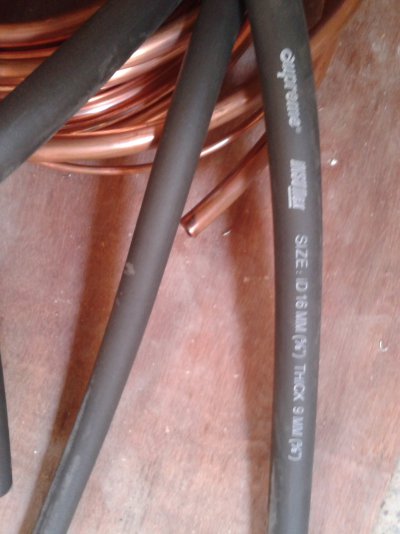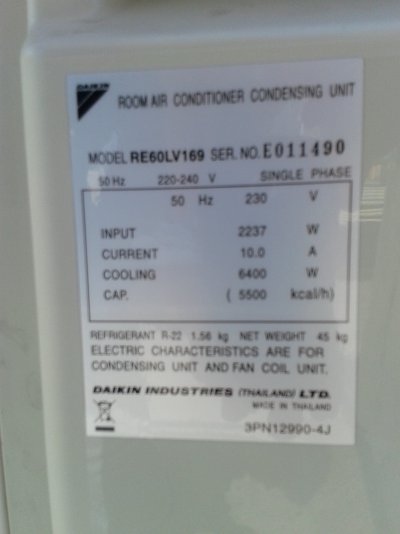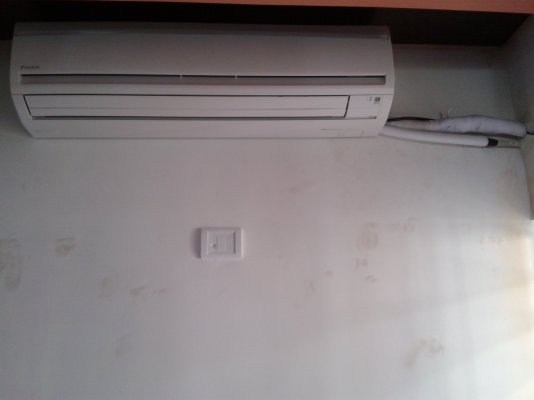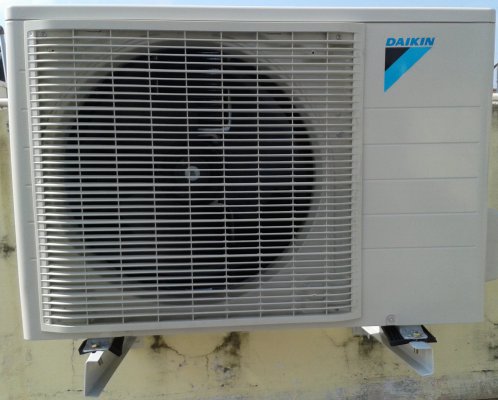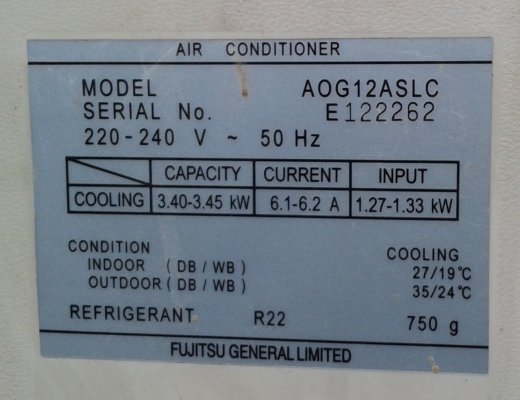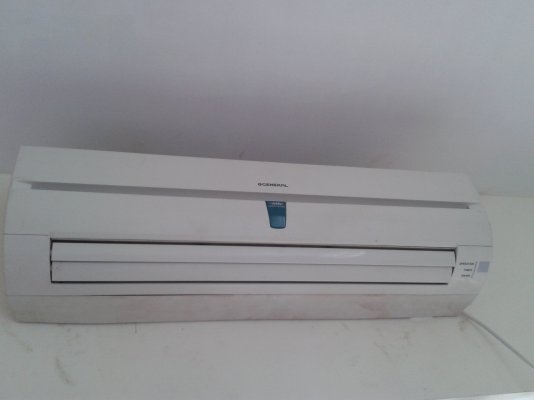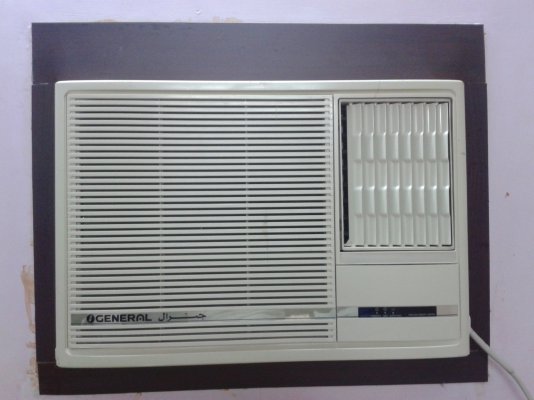I wonder if you even know how an airconditioner actually works and what part of the job is done by the inverter and what part is the compressor. Please educate us on how exactly an inverter AC works.
Maybe I do not have the know how of yours. But the thing is with multiple people using inverters and getting their energy bill substantially reduced, I don't see the point of sticking to 2 star non-inverters. People all over the world are not dumb ass and almost all residential air conditioners in Japan are Inverters.
My friend use to have a 2 star non inverter and he replaced with a inverter. Now he uses 2x times per day and gets identical energy cost even though the per unit charges have increased. I was amazed by the amount of saving and got Inverters too. Everybody have their own choices and I just expressed mine in this forum. I believe my participation on this thread is no longer required.
Thanks anyway to explain your thoughts cranky.






